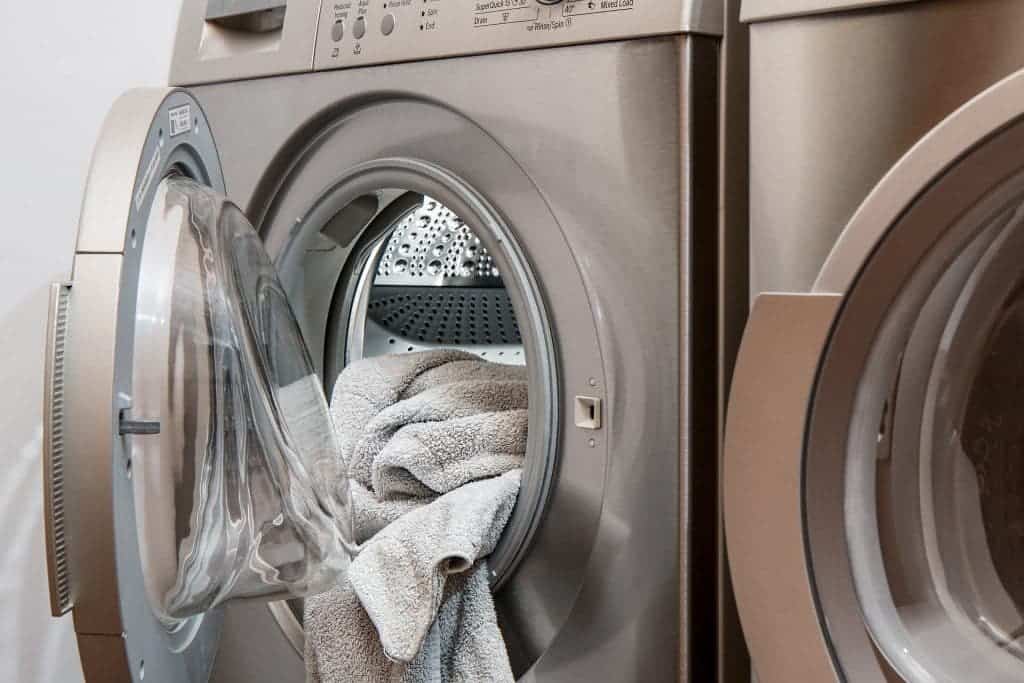Every time you wash your clothes, it’s more than stains that get removed: thousands of tiny microfibers are released into the water, reaching the sewage, rivers, and ultimately, the oceans, polluting the environment. But what if those fibers could be instead converted into energy? A group of researchers now believe this is possible — and they built a pilot plant to prove it.

Polyester, nylon, acrylic, and other synthetic fibers, all of which are forms of plastic, now make up about 60% of the material that makes up our clothes worldwide, studies showed. These synthetic fibers are very cheap and extremely versatile, providing for stretch and breathability in athleisure, and warmth and sturdiness in winter clothes.
But it comes with a cost. The fabrics can leach into the environment just by being washed, and it’s already a big problem. Estimates vary, but it’s possible that a single load of laundry could release hundreds of thousands of fibers from our clothes into the water supply. And these fibers can eventually reach the ocean and generate microplastic pollution.
This is mainly caused by the mechanical and chemical stresses that fabrics undergo during a washing process in a laundry machine, which lead to the detachment of microfibers from the yarns that constitute the textile. Due to their dimensions, the released microfibers could partially pass-through wastewater treatment plants.
In a study earlier this year, researchers found that nearly three-quarters of the microplastics in the Arctic seawater were polyester fibers, which are most likely coming from textiles manufacturing and household laundry. They gathered near-surface seawater samples from a 19,000-kilometer section from Norway to the North Pole.
“Whereas large plastic items can be sorted out and recycled relatively easily, this is not the case with microplastic—tiny plastic pieces, less than 5 mm in diameter. Large quantities of microplastic are being washed down our drains and enter our seas threatening the environment,” Samy Yousef, senior researcher at Kaunas University of Technology (KTU), said in a statement.
Making the best of a bad situation
Alongside a team of researchers from KTU and the Lithuanian Energy Institute, Yousef created an eco-friendly technology to extract energy products from textile waste. They collected lint-microfibers from the filters of the drying machines in the dormitories of KTU. The samples were very diverse, as residents of the dormitories come from different parts of the world.
The researchers built a pilot pyrolysis plant at the laboratories of the of Lithuanian Energy Institute and were able to extract three energy products from the collected textile waste – oil, gas and char. After treating thermally, the lint-microfibers were found to decompose into energy products with around a 70% conversion rate.
“When we think about textile waste, we usually imagine long fabric with high crystallinity, which is contaminated with dye and dirt. Much energy is needed to turn the solid waste into liquid. However, lint-microfiber is a somewhat ‘broken fiber’ textile waste; it has a uniform size and shape, contains a lot of flammable compounds (resulted cotton and polyester elements), its transformation is easier,” said Yousef.
The researchers also developed a mathematical model to assess the economic and environmental performance of their approach, based on the lint-microfibers generated by 1 million persons. They found that the energy generated from the lint-microfiber has a profitability at around $120.000, also reducing the carbon footprint of the fibers.
Yousef said a collection system could be developed, through which a household would bring the lint-microfiber to a collection point and receive a compensation for it. The lint-microfibers can then be considered a renewable energy source that could accelerate the transition of the textile industry to a circular economy model, he added.
The study was published in the journal Science of the Total Environment.


